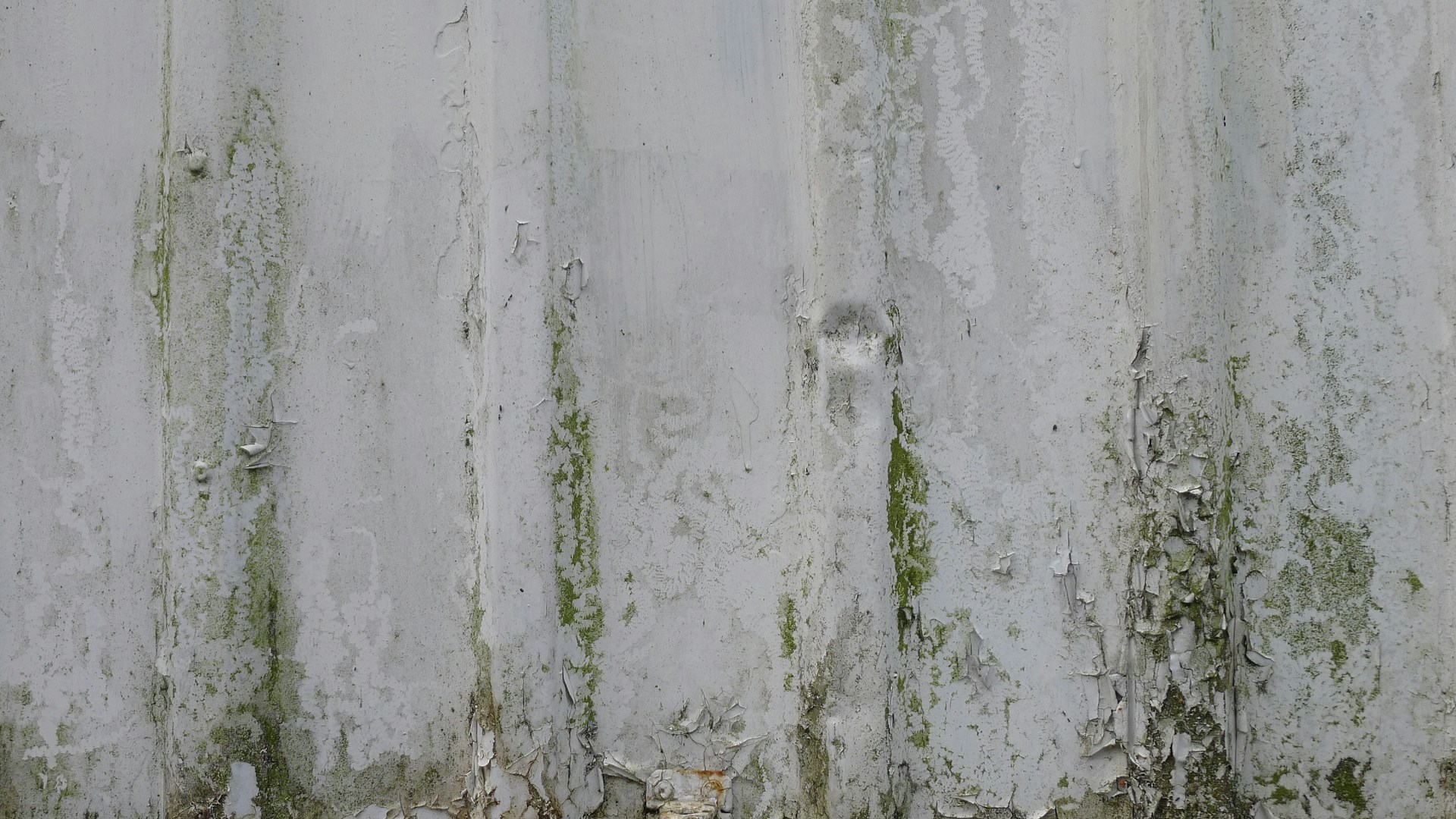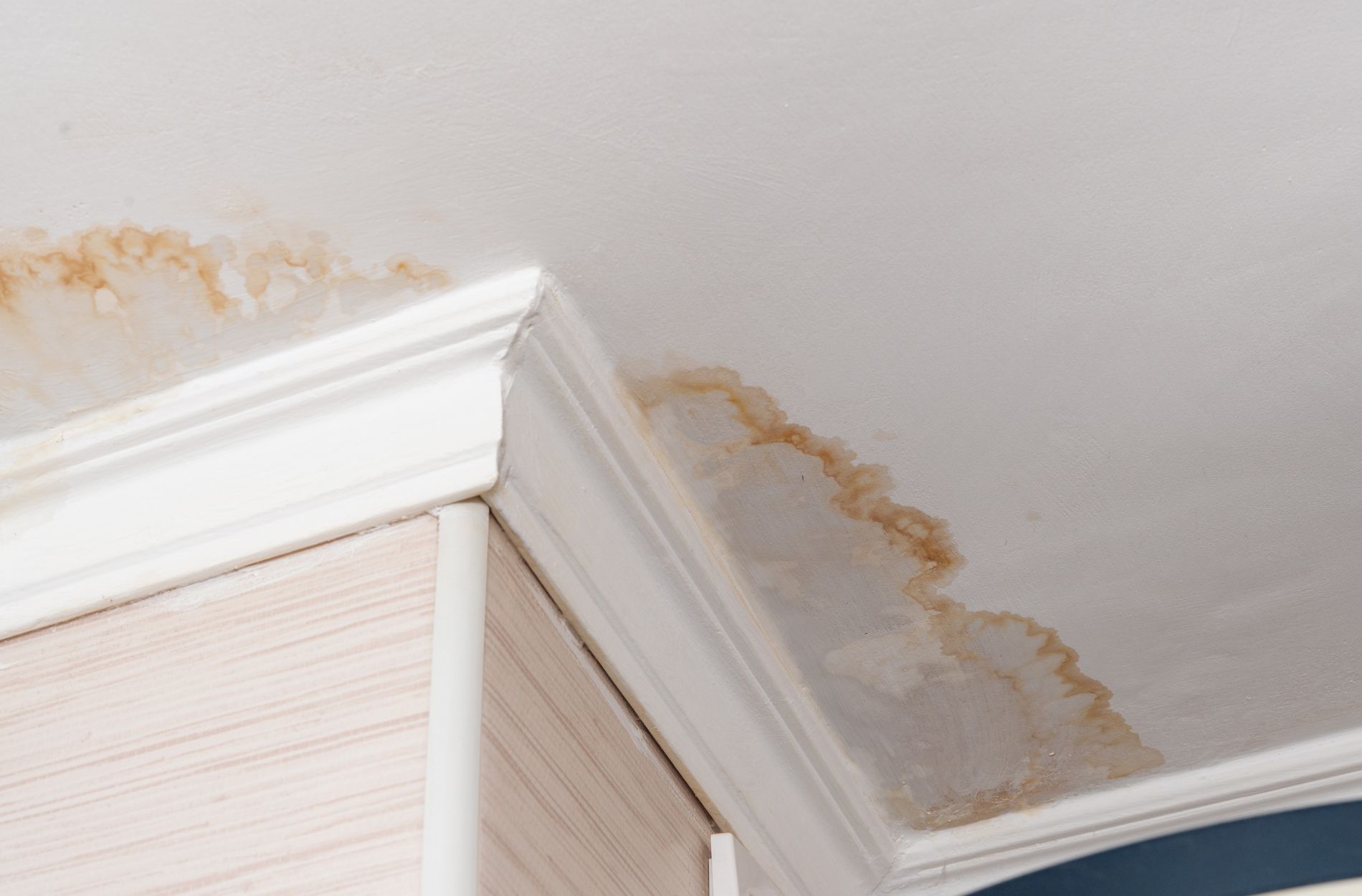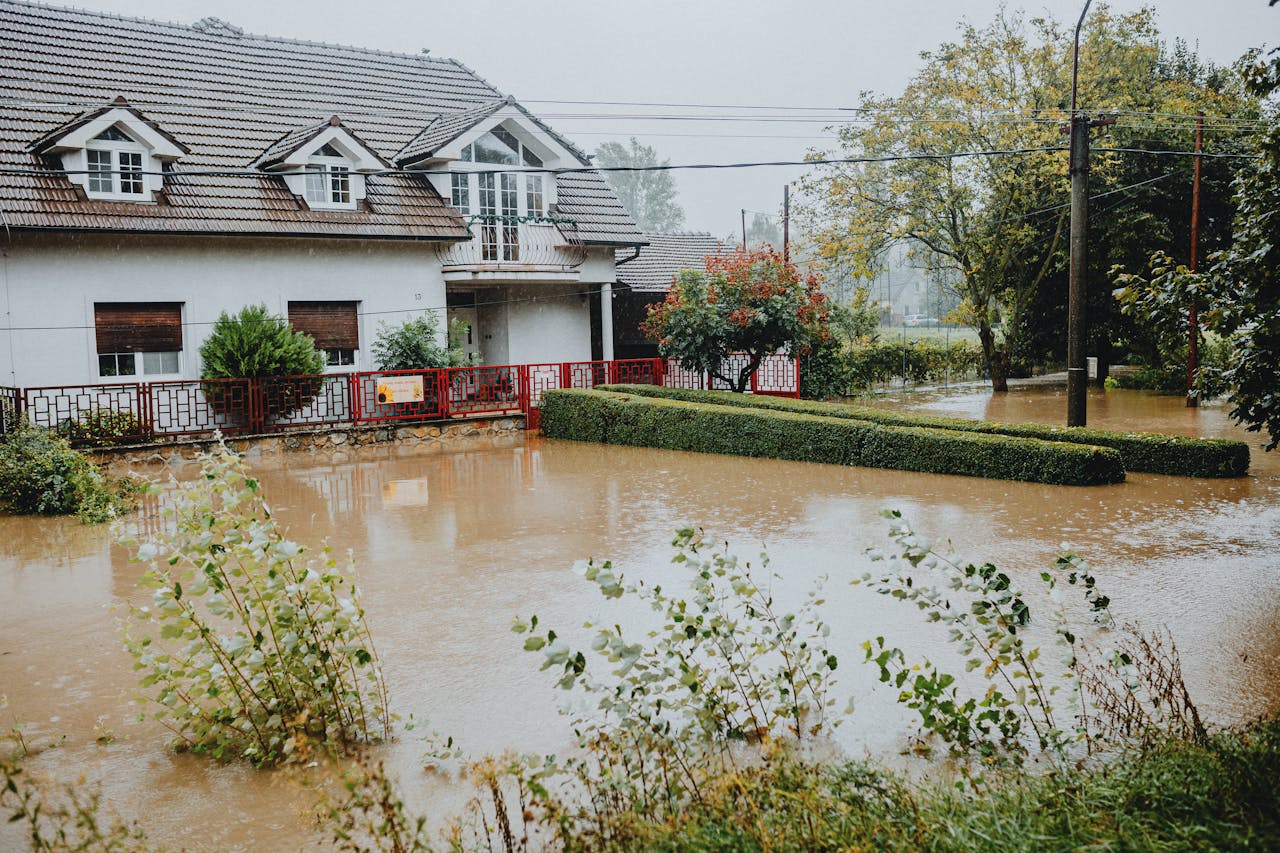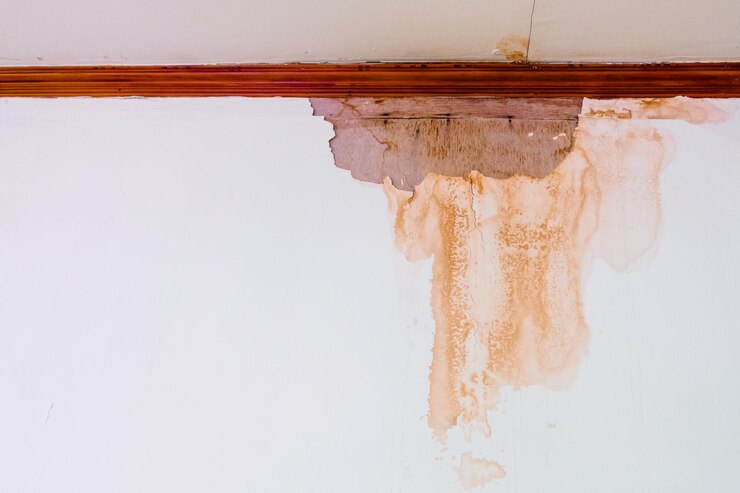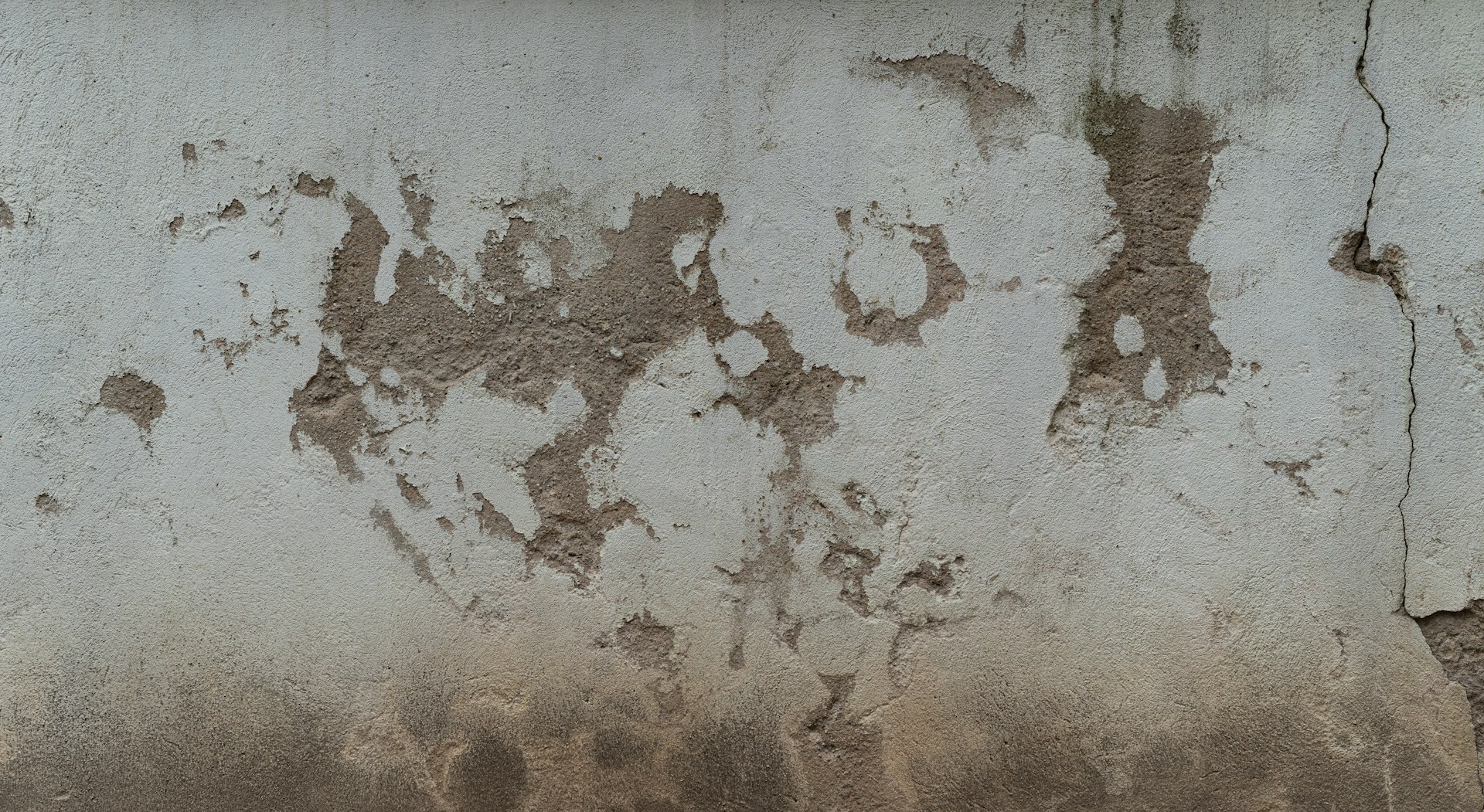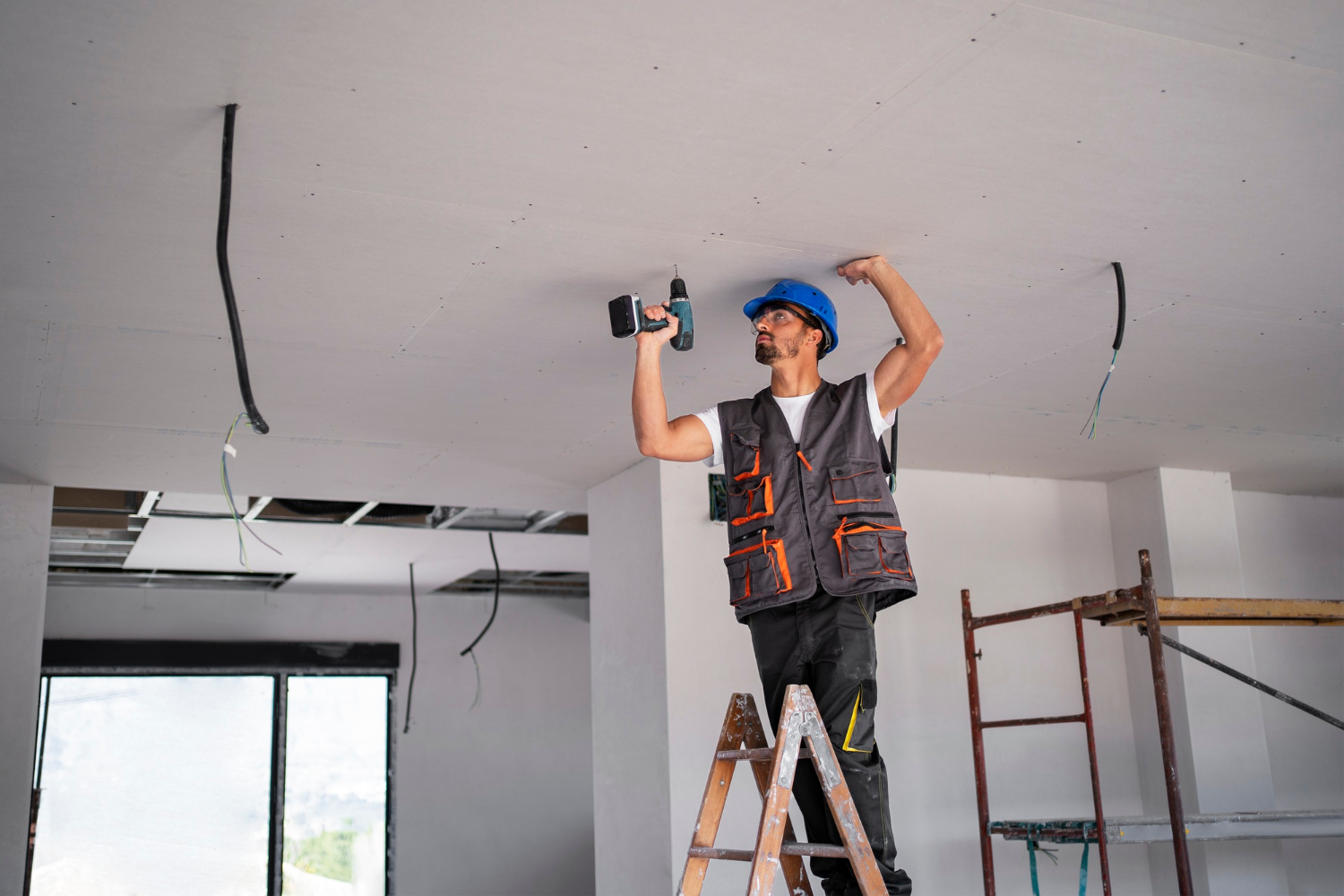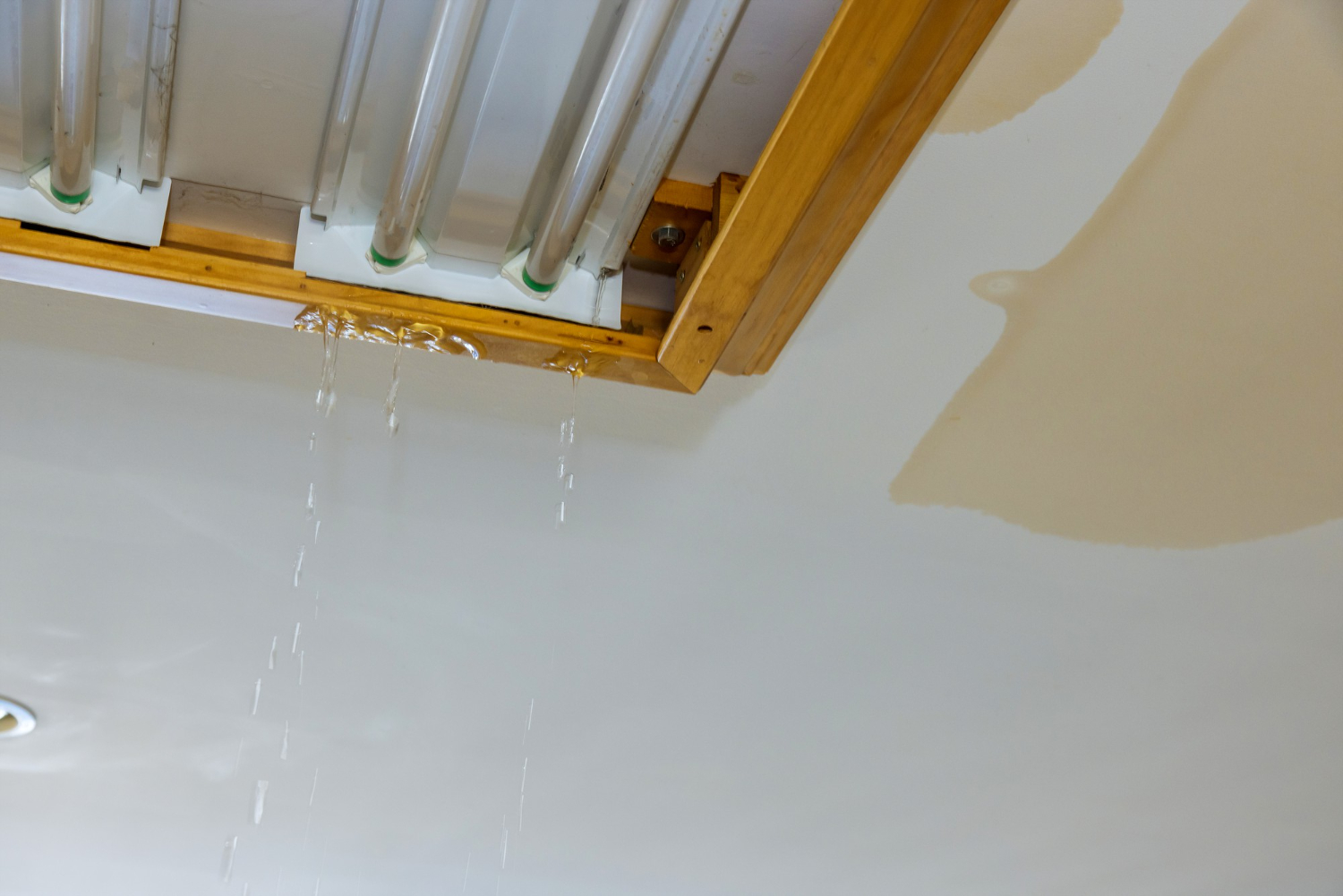Mold can be a nightmare for homeowners, especially when it grows from water damage. Understanding how mold develops and spreads is key to preventing it. Mold needs moisture to thrive, and once water damage occurs, the conditions are perfect for mold to grow. This process can happen quickly, making it essential to act fast and take preventative measures.
You may first notice a musty smell or see dark spots on walls, ceilings, or floors. These signs can indicate mold growth, which can spread if not addressed promptly. Mold not only damages your home but can also pose health risks, so recognizing the symptoms early is important for your well-being.
Preventing mold after water damage involves removing water immediately, drying out affected areas, and cleaning thoroughly. Long-term strategies include regular inspections and effective moisture control. By staying vigilant and knowing how to handle water damage, you can keep your home safe and mold-free.
Understanding How Mold Grows from Water Damage
The Conditions Mold Needs to Thrive
Mold needs specific conditions to grow and thrive. Moisture is the most critical factor. When water damage occurs, mold can begin to grow within 24 to 48 hours. Mold spores are microscopic and can float in the air, landing on damp surfaces. They need organic material to feed on, such as wood, drywall, or fabric. Additionally, warm temperatures and poor ventilation can speed up mold growth, creating a perfect environment for mold to spread.
The Stages of Mold Growth
Mold growth occurs in stages. Initially, mold spores land on a wet or damp area. In the first 24 to 48 hours, you might not see any visible signs, but mold is already starting to grow. Within a few days, colonies will form, creating visible spots on surfaces. In the following weeks, if the moisture problem isn’t addressed, mold can spread to larger areas and penetrate deeper into materials, causing extensive damage. Early intervention is crucial to stop mold in its tracks.
Common Areas Prone to Mold Growth
Some areas in your home are more prone to mold because they are often damp or have indoor humidity. Basements, bathrooms, kitchens, and attics are common breeding grounds for mold. Leaky roofs, pipes, and even condensation on windowsills can create the humidity that mold needs to thrive. Checking these areas regularly can help catch mold growth early and reduce the damage.
Identifying Signs of Mold Infestation
Visual Clues of Mold
One of the most straightforward ways to identify mold is through visual inspection. Mold can appear in various colors, including black, green, white, or even pink. Look for spots or patches on walls, ceilings, floors, and even furniture. Mold often starts in hidden areas, such as behind wallpaper, underneath sinks, or inside air ducts, so a thorough inspection is necessary. Keeping an eye out for any changes in these areas can help you spot mold early.
Musty Odors
Mold has a distinct musty odor that can help you identify its presence even if you can’t see it. If you notice a persistent, damp smell in certain parts of your home, it could be a sign of hidden mold. This odor is often described as earthy or stale and usually lingers even after cleaning. Using your sense of smell can be an effective tool in detecting mold, especially in hard-to-reach or hidden areas.
Health Symptoms Related to Mold Exposure
Mold exposure can lead to various health symptoms, particularly in individuals with allergies, asthma, or weakened immune systems. Common symptoms include coughing, sneezing, itchy or watery eyes, and skin rashes. Some people may experience more severe reactions, such as difficulty breathing or chronic sinus infections. If you or your family members notice these symptoms, especially when spending time in specific areas of your home, it’s time to check for mold and take action.
Steps to Prevent Mold Growth After Water Damage
Immediate Water Removal and Drying
As soon as you notice water damage, the first step is to remove the water immediately. Use pumps, wet vacuums, or even towels to soak up the water. The quicker you get rid of the standing water, the less chance mold has to grow. Once the water is gone, start drying out the area. Open windows and doors to let fresh air circulate. If it’s safe, use fans to speed up the drying process. The goal is to remove moisture as quickly as possible to prevent mold spores from taking hold.
Using Dehumidifiers and Ventilation
After removing the water, it’s essential to reduce the humidity to stop mold growth. Dehumidifiers are very effective for this purpose. Place dehumidifiers in the affected area to pull moisture out of the air. Keep them running until the area is thoroughly dry. Proper ventilation also helps in this process. Using exhaust fans in bathrooms and kitchens can aid in reducing indoor humidity levels. For basements, consider installing ventilation systems to keep the air dry and reduce the risk of mold.
Disinfecting and Cleaning Affected Areas
Once the area is dry, it’s time to clean and disinfect. Use a mixture of water and detergent to clean surfaces. For areas that have already begun to show signs of mold, use a commercial mold cleaner or a solution of bleach and water. Be thorough in your cleaning, as mold can hide in tiny cracks and crevices. Disinfecting the area helps kill mold spores and prevents them from regrowing. Regularly clean and monitor the affected areas to keep them mold-free.
Long-Term Mold Prevention Strategies
Regular Home Inspections
Regular home inspections play a crucial role in preventing mold. Make it a habit to check your home for signs of moisture or mold at least twice a year. Pay close attention to areas prone to dampness, like basements, bathrooms, and attics. Inspect plumbing fixtures, roofs, and windows for any leaks or signs of water damage. Early detection of moisture issues allows you to address them before they become major mold problems.
Moisture Control Methods
Keeping moisture levels under control is key to preventing mold. Start by using exhaust fans in high-moisture areas like bathrooms and kitchens. Ensure your home’s gutters and downspouts direct water away from the foundation. Consider using a dehumidifier in damp areas like basements or crawl spaces. Fix any leaks immediately, whether they’re from the roof, plumbing, or windows. Use moisture barriers in areas prone to dampness to help keep moisture out. Regularly check and maintain your home’s HVAC system to ensure it is controlling indoor humidity effectively.
Professional Mold Remediation Services
Sometimes, despite your best efforts, mold can still develop. When this happens, professional mold remediation services can help. Experts have the tools and knowledge to identify hidden mold, assess the extent of the problem, and effectively remove it. They can also provide advice on preventing future mold growth. Professional services can ensure that mold is completely eradicated, giving you peace of mind and a safer home environment.
Conclusion
Understanding how mold grows from water damage and knowing how to stop it is crucial for maintaining a healthy home. By taking steps like immediate water removal, proper drying, and effective cleaning, you can prevent mold from taking hold after water damage. Regular inspections and moisture control are vital for long-term prevention.
If you’re ever in doubt or need professional help, All Around Home Solutions is here for you. Our experts can provide thorough mold remediation and ensure your home stays mold-free. Contact All Around Home Solutions today to protect your home and keep your family safe from the dangers of mold.

